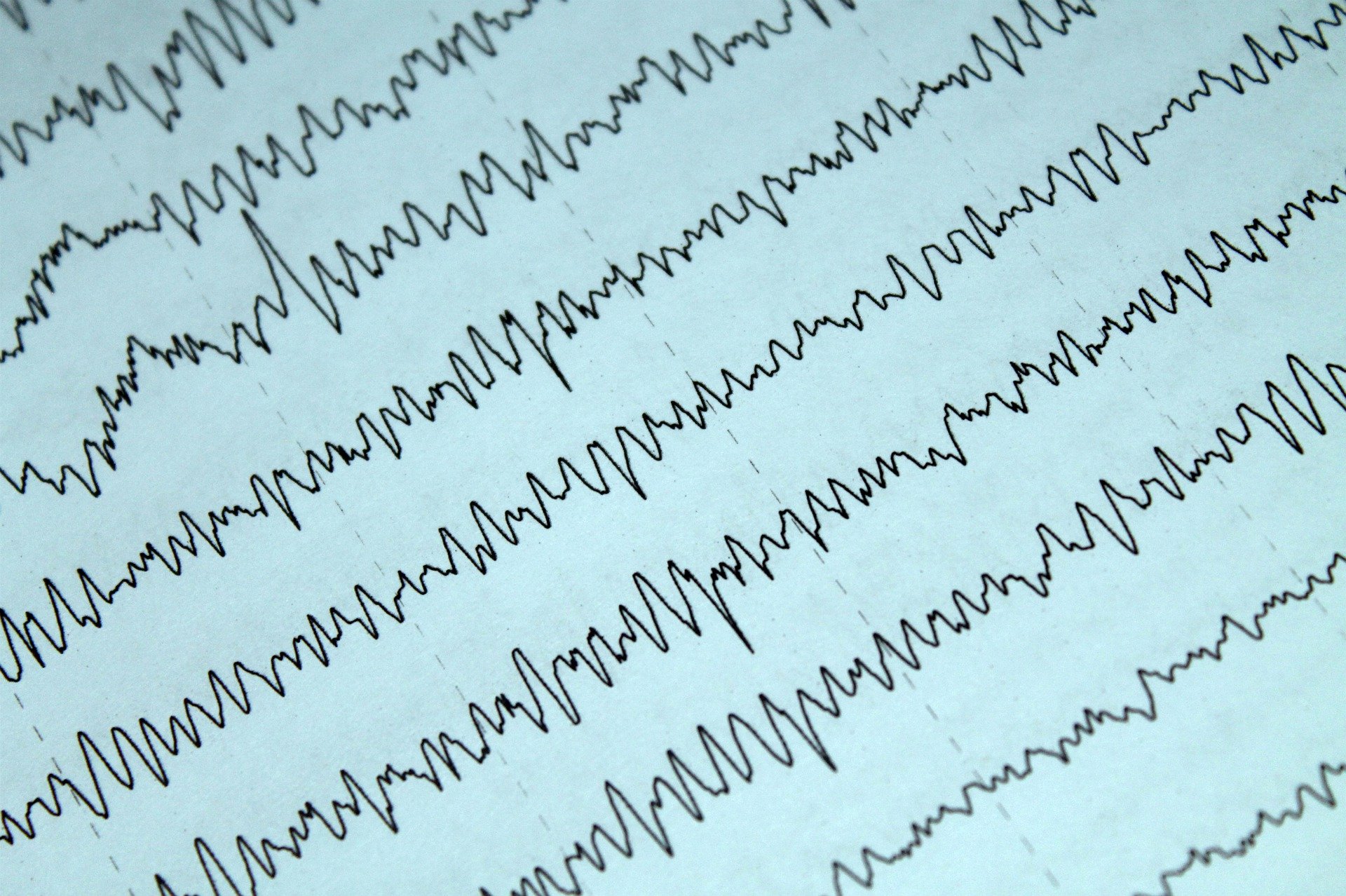Are Deep Learning Models the Future of Sleep Diagnostics?
A newly developed deep learning model can accurately identify different sleep stages, making it a valuable sleep diagnostics tool.
A newly developed deep learning model can accurately identify different sleep stages, making it a valuable sleep diagnostics tool.
Diagnosing sleep issues is crucial for the early identification of sleep disorders and ensuring the appropriate treatment is administered. If left unchecked, these disorders can significantly damage overall well-being and life quality.
However, diagnosing sleep disorders is a fairly complex process. You need to go to a sleep clinic where sleep technicians perform polysomnography, and then the results are interpreted by sleep specialists. One of the most crucial steps in this process is the identification of sleep stages. And a new study from the University of Eastern Finland gives presents a strong case to how a deep learning algorithm can help with the identification of different sleep stages.
Traditionally, sleep is divided into rapid eye movement (REM) and non-REM, with non-REM consisting of an additional three stages. Classification is performed manually during polysomnography and using several instruments such as electroencephalogram (EEG), electromyogram (EMG), and electrooculogram (EOG). This protocol is costly, time-consuming, and requires trained professionals.
That is why researchers from the University of Eastern Finland wanted to develop a deep learning model that can help with the identification of sleep stages and diagnosing sleep disorders such as obstructive sleep apnea (OSA).
OSA is one of the most common sleep disorders, and some estimates go as far as saying that over 30% of the world population suffers from it. And the number is only going higher with the increase in overweight and obese individuals, which is one of the most common risk factors for developing OSA. When untreated, this condition increases factors of cardiovascular diseases, diabetes, and other serious health implications.
To improve sleep stage identifications, researchers used data from healthy as well as individuals with OSA to develop a deep learning model. They wanted to look at the overall classification accuracy and also the precision with the increase of OSA severity.

The results showed that the deep learning model had 83.7% accuracy classifying sleep stages using a single frontal EEG channel in healthy people. In individuals with suspected OSA, that number was 82.9%. After adding the EOG channel, it only slightly improved precision, and numbers rose to 83.9% in healthy individuals, and 83.8% in people with suspected OSA. According to these results, the model performed better than some previous ones, and its accuracy is equivalent to an experienced physician performing manual sleep stage identification.
The single-channel model had an 84.5% accuracy when predicting sleep stages in healthy adults, while the number went down to 76.5% in people with severe OSA symptoms. These results were expected, as even experienced physicians have problems identifying stages in patients with severe OSA, as their sleep architecture changes due to sleep fragmentation.
These findings are promising, and it could mean we are about to start using advanced deep learning models for highly accurate sleep diagnostics. Wearable non-intrusive sensors, improved diagnostics, and artificial intelligence learning are potentially the future of AI diagnostics, not just sleep. Hopefully, this deep learning model can help with OSA diagnostics, assessment, and providing better treatment.
Dusan is a biologist, a science enthusiast and a huge nature lover. He loves to keep up to date with all the new research and write accurate science-based articles. When he’s not writing or reading, you can find him in the kitchen, trying out new delicious recipes; out in the wild, enjoying the nature or sleeping in his bed.